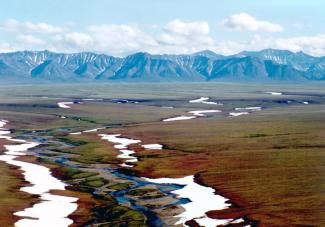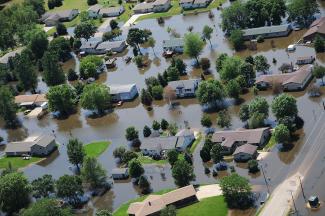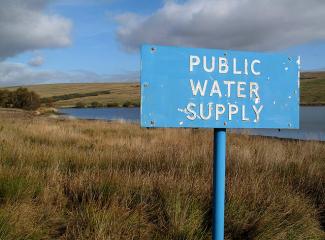Rethinking Reforestation: Degradation as a Carbon Source in Tropical Forests

Tropical forest ecosystems are globally recognized for their carbon sequestration capacities. Past research has estimated that tropical forests on average sequester a net 1400 teragrams of carbon per year, the equivalent of taking approximately 1 billion passenger vehicles off the road. International governing bodies, national governments, and nonprofit organizations have attempted to capitalize on the carbon sequestration services provided by tropical forests in an increasingly carbon rich atmosphere. Programs such as REDD+ (Reducing Emissions from Deforestation and forest Degradation + enhancing forest carbon stocks) have resulted in significant expenditures of efforts and resources into developing frameworks for preserving tropical forests.






![Food Waste By Taz [CC BY 2.0 (http:/creativecommons.org/licenses/by/2.0)], via Wikimedia C](/sites/default/files/styles/max_325x325/public/images/blog/800px-gi-market-food-waste.jpg?itok=OSYlooka)

